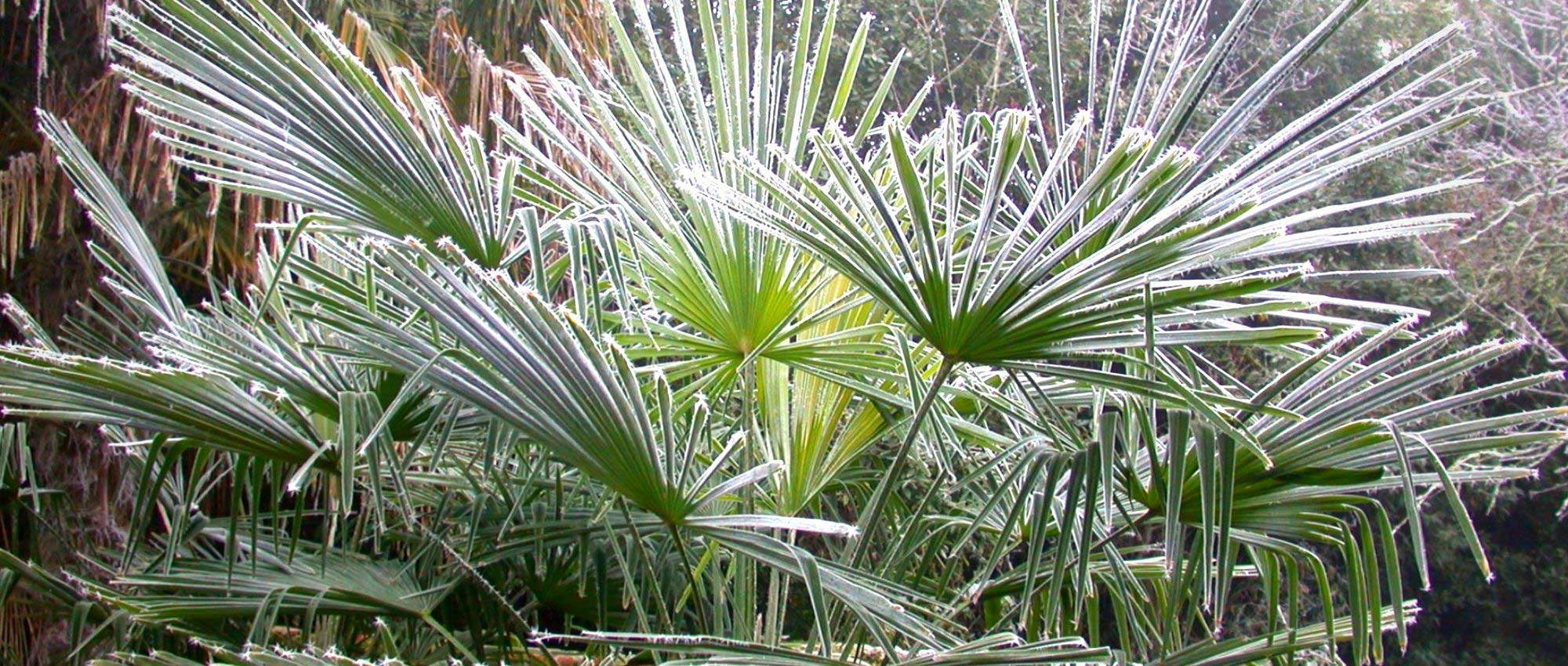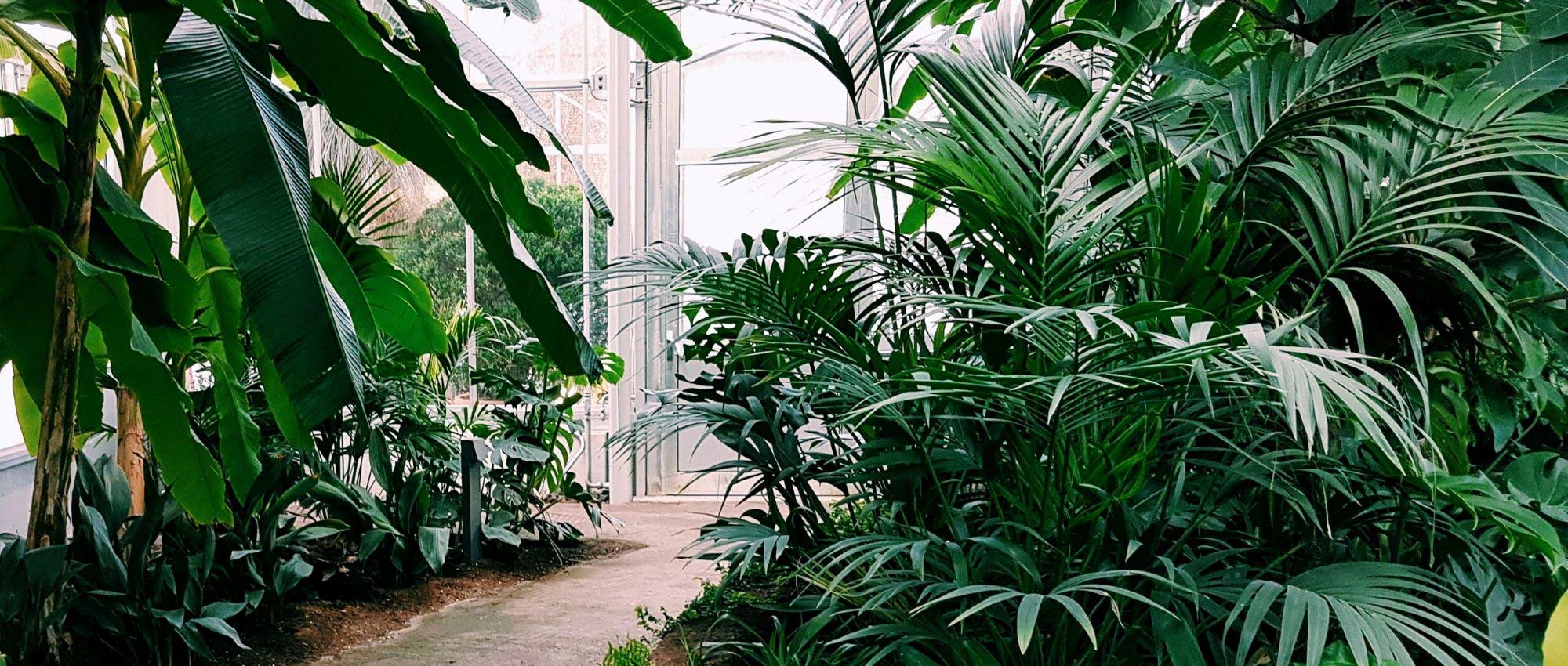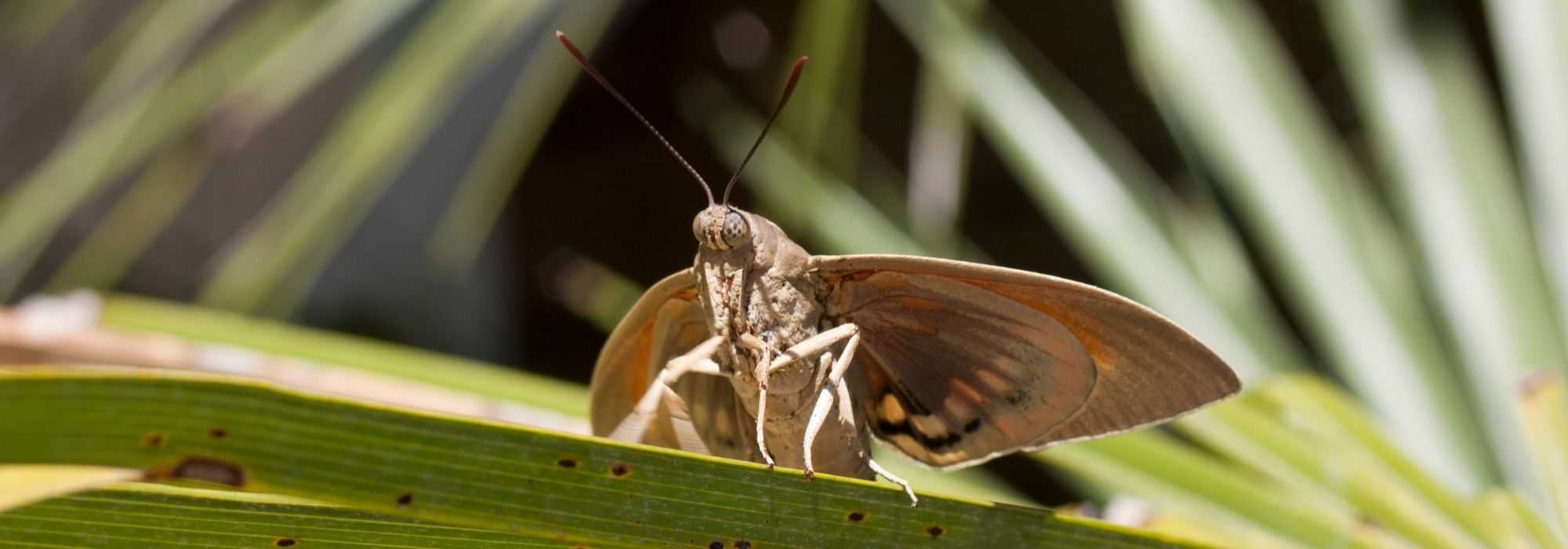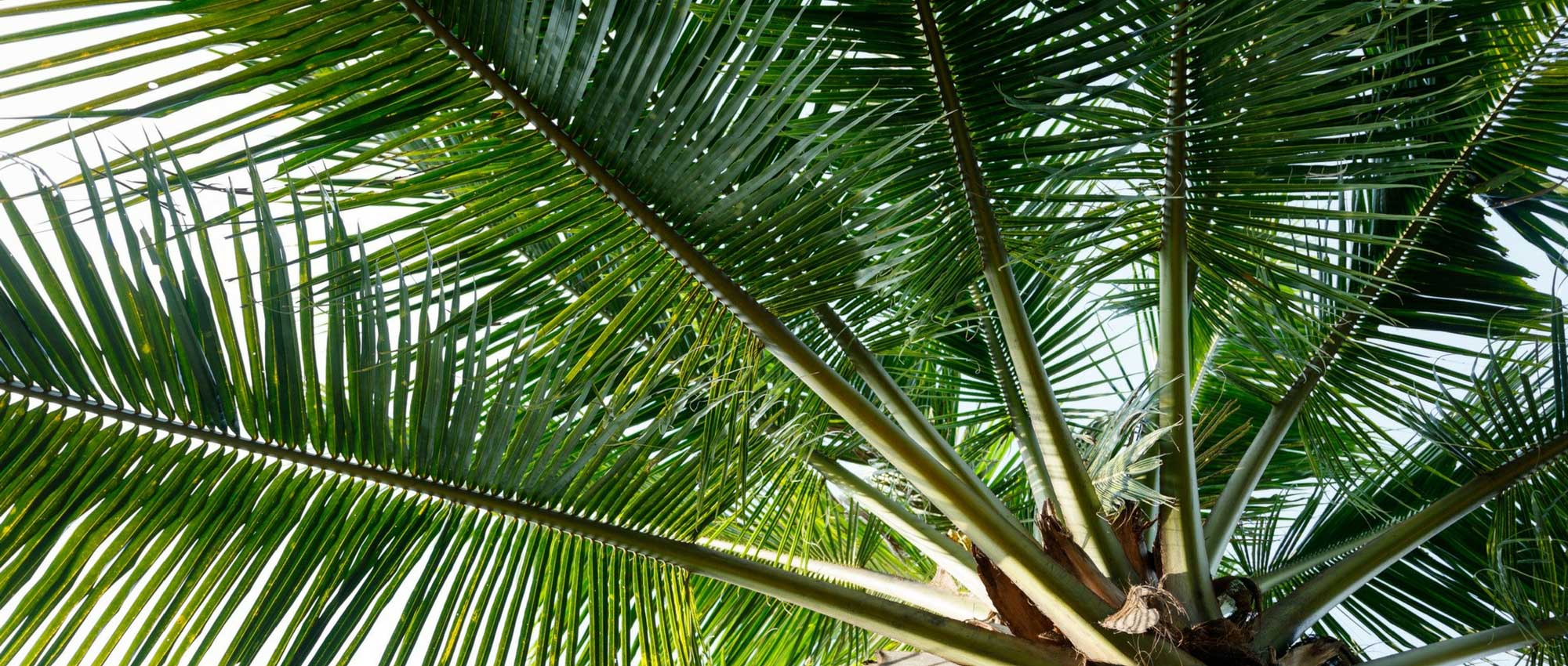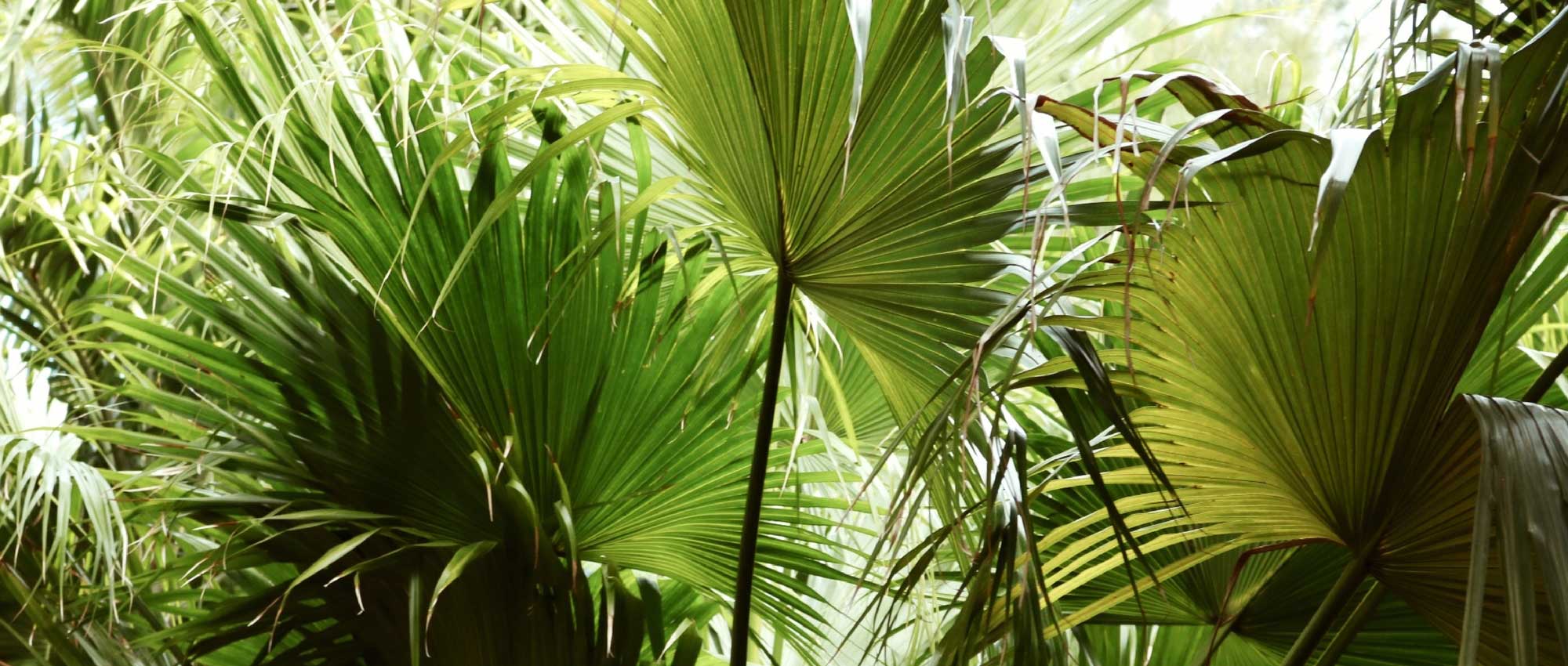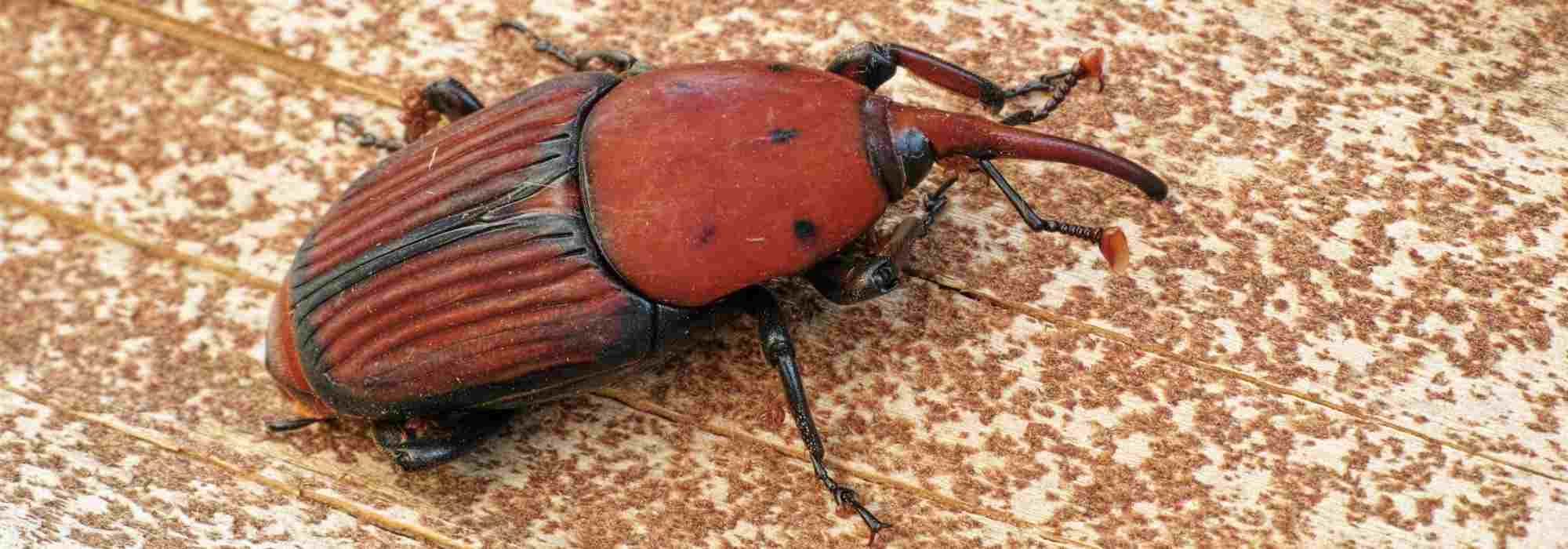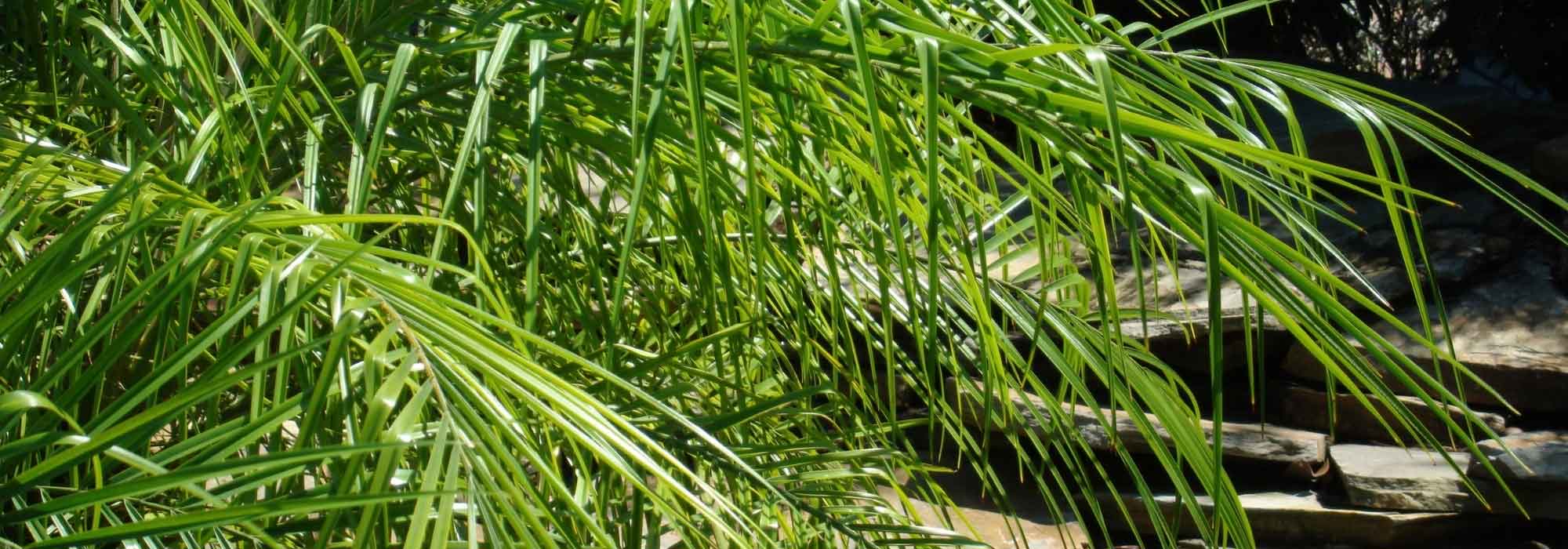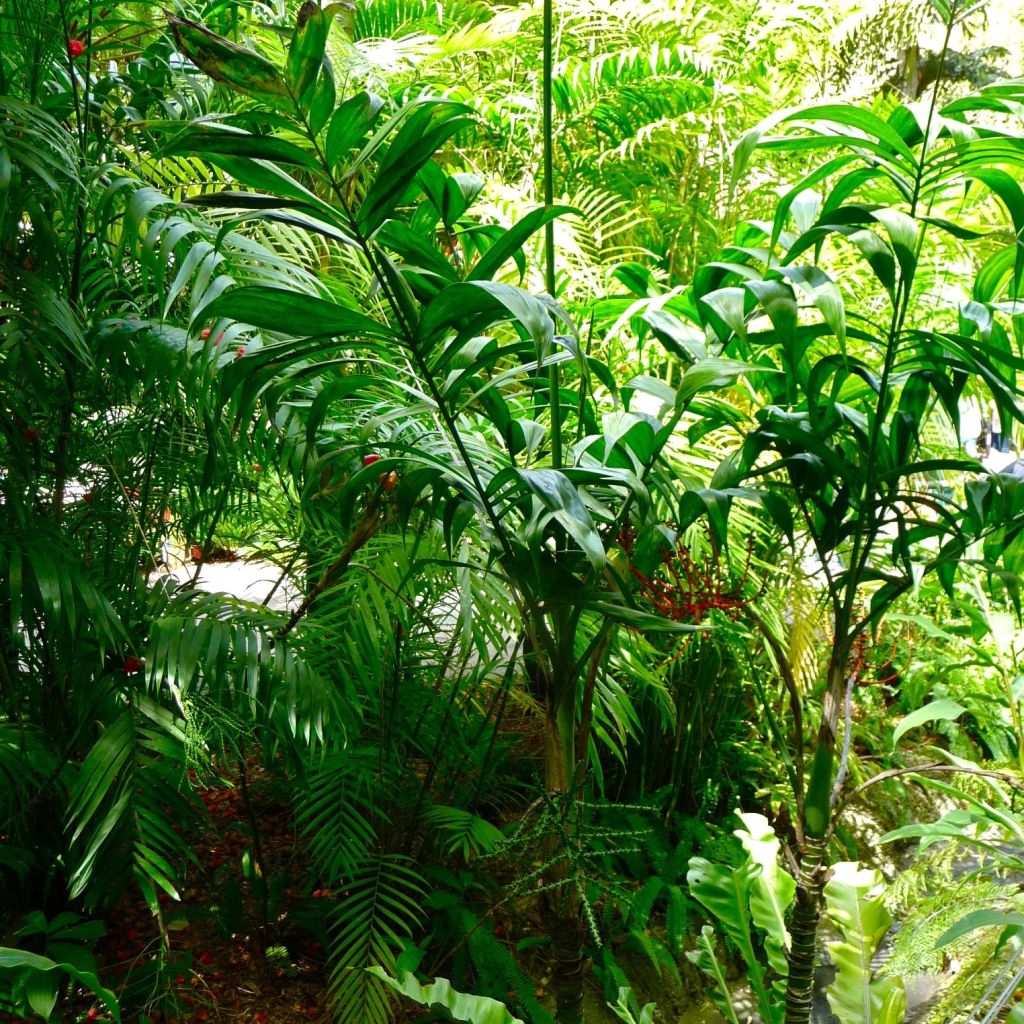

Chamaedorea klotzschiana - Parlour Palm
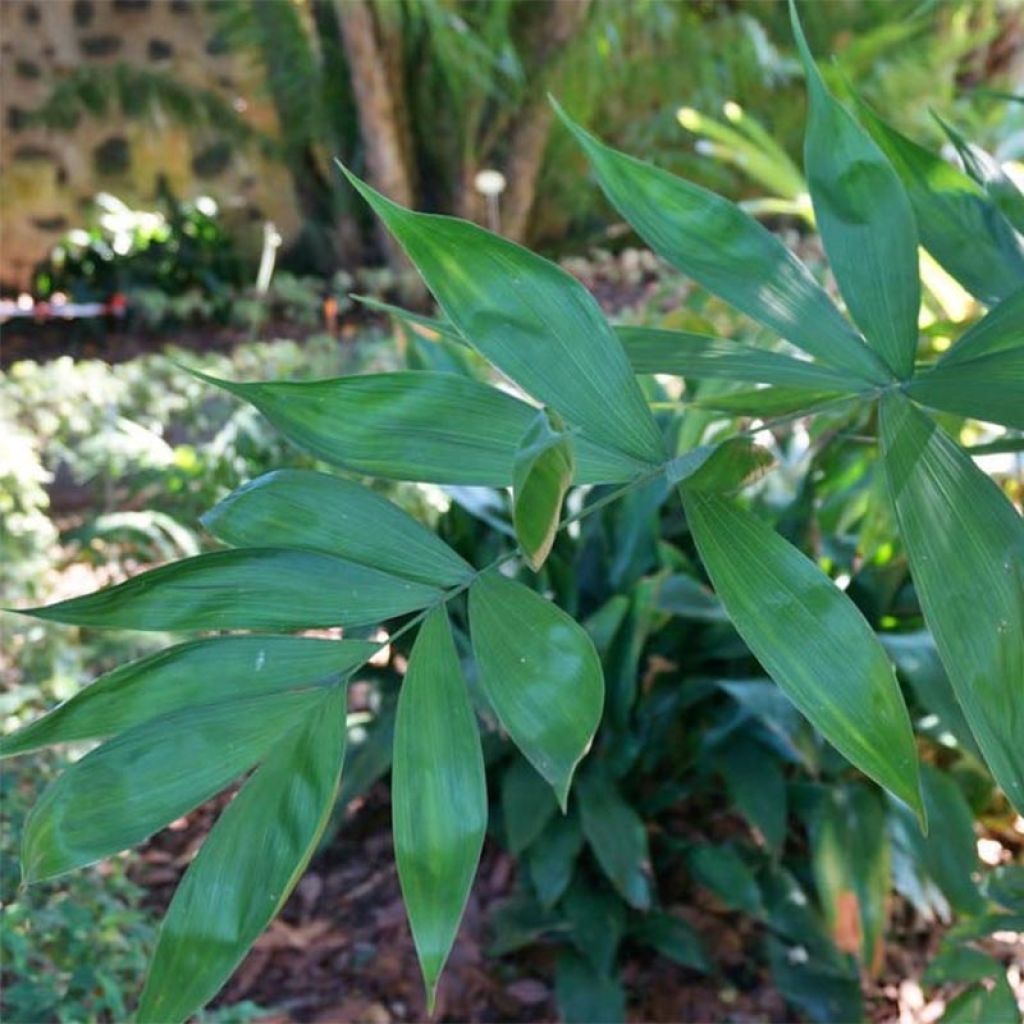

Chamaedorea klotzschiana - Parlour Palm
Chamaedorea klotzschiana - Parlour Palm
Chamaedorea klotzschiana
Neanthe bella palm, Parlour Palm
Special offer!
Receive a €20 voucher for any order over €90 (excluding delivery costs, credit notes, and plastic-free options)!
1- Add your favorite plants to your cart.
2- Once you have reached €90, confirm your order (you can even choose the delivery date!).
3- As soon as your order is shipped, you will receive an email containing your voucher code, valid for 3 months (90 days).
Your voucher is unique and can only be used once, for any order with a minimum value of €20, excluding delivery costs.
Can be combined with other current offers, non-divisible and non-refundable.
This plant carries a 24 months recovery warranty
More information
We guarantee the quality of our plants for a full growing cycle, and will replace at our expense any plant that fails to recover under normal climatic and planting conditions.
Would this plant suit my garden?
Set up your Plantfit profile →
Description
Chamaedorea klotzschiana is a palm tree which is rare in cultivation, and will be appreciated for its silhouette and charm that are reminiscent of certain bamboos, or Nandina domestica. It is a species of rather modest stature, preferring partial shade and moisture at its base, found in the dense and humid forests of the Veracruz region in Mexico. Not very hardy, this chamaedorea is most often cultivated in pots to adorn the terrace or balcony during the summer, and the conservatory or winter garden from October to April.
A moderately fast-growing shrub plant from the family of Arecaceae, the Chamaedorea klotzschiana rarely exceeds 3.50 m (11 ft 6 in) in height and 1.60 m (5 ft 2 in) in spread in nature. When grown in a pot, it will reach approximately 1.80 m (5 ft 11 in) in height and 90 cm (35.4 in) in spread. This palm tree develops a thin, tall, green trunk or stem, 3 cm (1.2 in) in diameter, with closely spaced light rings that are remnants of old petioles. It somewhat resembles a bamboo stem. From the stem, 4 to 6 large pinnate leaves emerge, measuring 80-90 cm (31.5-35.4 in) in length. Each leaf is divided into ovate-lanceolate, dark green segments, arranged in groups of 5 to 6. Each segment has numerous parallel veins. This evergreen foliage gives it a unique appearance. Flowers rarely appear in cultivation. This palm tree has male and female individuals. If it does flower, the pink to red flowers, are clustered on inflorescences resembling fine tentacles. This palm tree cannot survive below -5°C (23 °F), it dislikes scorching sun, but is happy with good fertile and moist soil.
Chamaedorea klotzschiana can only be grown in the ground in the most sheltered gardens on the coast, provided it is given a sheltered, partial shade exposure, and regular watering in dry summers. This plant has a unique presence, which will bring a beautiful touch of exoticism to any setting. Place it on the terrace or balcony, alongside Phormiums, tree ferns or Cycas for example. A bit difficult to associate due to its strong personality, it can be planted in groups of 3 specimens in a carefully chosen large pot, with a carpet of Japanese grass, golden pearlwort or plectranthus at its base.
Chamaedorea klotzschiana - Parlour Palm in pictures




Plant habit
Flowering
Foliage
Botanical data
Chamaedorea
klotzschiana
Arecaceae
Neanthe bella palm, Parlour Palm
Central America
Planting and care
Plant the Chamaedorea klotzschiana palm in open ground only in the mildest regions, as it perishes below -5°C (23 °F). Everywhere else, it should be cultivated in a pot in order to be protected from the cold in winter. It is a shade plant when young but will tolerate partial shade or not too harsh sunlight once mature. It appreciates consistently moist, light soil, rich in compost, and tolerates hard water. Choose a container of 30 to 40 litres, perforated at the bottom and filled with good horticultural compost mixed with 1/3 fine garden soil. Apply organic fertilizer for green plants (or universal) at least once a year in spring and water regularly, the substrate should not dry out without being constantly soaked. Shelter your palm tree from the first cold, place it on a slightly heated or unheated veranda, in a cold greenhouse, or in a cool, very bright room (avoid direct sunlight). Regularly spray the foliage as this palm tree likes slightly tropical environments, both mild and humid.
Planting period
Intended location
Care
Planting & care advice
This item has not been reviewed yet - be the first to leave a review about it.
Haven't found what you were looking for?
Hardiness is the lowest winter temperature a plant can endure without suffering serious damage or even dying. However, hardiness is affected by location (a sheltered area, such as a patio), protection (winter cover) and soil type (hardiness is improved by well-drained soil).

Photo Sharing Terms & Conditions
In order to encourage gardeners to interact and share their experiences, Promesse de fleurs offers various media enabling content to be uploaded onto its Site - in particular via the ‘Photo sharing’ module.
The User agrees to refrain from:
- Posting any content that is illegal, prejudicial, insulting, racist, inciteful to hatred, revisionist, contrary to public decency, that infringes on privacy or on the privacy rights of third parties, in particular the publicity rights of persons and goods, intellectual property rights, or the right to privacy.
- Submitting content on behalf of a third party;
- Impersonate the identity of a third party and/or publish any personal information about a third party;
In general, the User undertakes to refrain from any unethical behaviour.
All Content (in particular text, comments, files, images, photos, videos, creative works, etc.), which may be subject to property or intellectual property rights, image or other private rights, shall remain the property of the User, subject to the limited rights granted by the terms of the licence granted by Promesse de fleurs as stated below. Users are at liberty to publish or not to publish such Content on the Site, notably via the ‘Photo Sharing’ facility, and accept that this Content shall be made public and freely accessible, notably on the Internet.
Users further acknowledge, undertake to have ,and guarantee that they hold all necessary rights and permissions to publish such material on the Site, in particular with regard to the legislation in force pertaining to any privacy, property, intellectual property, image, or contractual rights, or rights of any other nature. By publishing such Content on the Site, Users acknowledge accepting full liability as publishers of the Content within the meaning of the law, and grant Promesse de fleurs, free of charge, an inclusive, worldwide licence for the said Content for the entire duration of its publication, including all reproduction, representation, up/downloading, displaying, performing, transmission, and storage rights.
Users also grant permission for their name to be linked to the Content and accept that this link may not always be made available.
By engaging in posting material, Users consent to their Content becoming automatically accessible on the Internet, in particular on other sites and/or blogs and/or web pages of the Promesse de fleurs site, including in particular social pages and the Promesse de fleurs catalogue.
Users may secure the removal of entrusted content free of charge by issuing a simple request via our contact form.
The flowering period indicated on our website applies to countries and regions located in USDA zone 8 (France, the United Kingdom, Ireland, the Netherlands, etc.)
It will vary according to where you live:
- In zones 9 to 10 (Italy, Spain, Greece, etc.), flowering will occur about 2 to 4 weeks earlier.
- In zones 6 to 7 (Germany, Poland, Slovenia, and lower mountainous regions), flowering will be delayed by 2 to 3 weeks.
- In zone 5 (Central Europe, Scandinavia), blooming will be delayed by 3 to 5 weeks.
In temperate climates, pruning of spring-flowering shrubs (forsythia, spireas, etc.) should be done just after flowering.
Pruning of summer-flowering shrubs (Indian Lilac, Perovskia, etc.) can be done in winter or spring.
In cold regions as well as with frost-sensitive plants, avoid pruning too early when severe frosts may still occur.
The planting period indicated on our website applies to countries and regions located in USDA zone 8 (France, United Kingdom, Ireland, Netherlands).
It will vary according to where you live:
- In Mediterranean zones (Marseille, Madrid, Milan, etc.), autumn and winter are the best planting periods.
- In continental zones (Strasbourg, Munich, Vienna, etc.), delay planting by 2 to 3 weeks in spring and bring it forward by 2 to 4 weeks in autumn.
- In mountainous regions (the Alps, Pyrenees, Carpathians, etc.), it is best to plant in late spring (May-June) or late summer (August-September).
The harvesting period indicated on our website applies to countries and regions in USDA zone 8 (France, England, Ireland, the Netherlands).
In colder areas (Scandinavia, Poland, Austria...) fruit and vegetable harvests are likely to be delayed by 3-4 weeks.
In warmer areas (Italy, Spain, Greece, etc.), harvesting will probably take place earlier, depending on weather conditions.
The sowing periods indicated on our website apply to countries and regions within USDA Zone 8 (France, UK, Ireland, Netherlands).
In colder areas (Scandinavia, Poland, Austria...), delay any outdoor sowing by 3-4 weeks, or sow under glass.
In warmer climes (Italy, Spain, Greece, etc.), bring outdoor sowing forward by a few weeks.


































